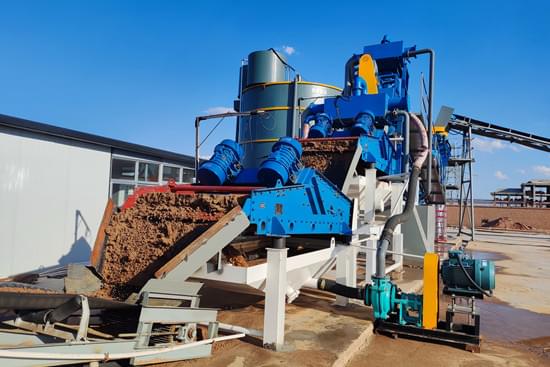- Home
- Products
- Solutions
- Resource Library
- About Us
- + 86-18736301510
The selection of a dewatering screen for a sand plant depends on several factors, such as the type of sand that is being processed, the required capacity, the moisture level of the sand, and the operating conditions of the plant. Here are some general guidelines that can help you select the right dewatering screen:
1. Consider the type of sand: Depending on the type of sand being processed, you may need a specific type of dewatering screen. For example, fine sand may require a screen with a higher mesh count, while coarser sand may require a screen with larger openings.
2. Capacity: Determine the amount of sand that needs to be dewatered per hour, and select a dewatering screen with the appropriate capacity. The capacity of the screen can vary based on the size of the screen, the operating angle, and the speed of the screen.

3. Moisture level: Consider the moisture level of the sand and choose a dewatering screen that is designed to handle the amount of moisture present in the sand. If the sand has a high moisture content, you may need a screen with a higher operating angle and slower speed to allow for more effective dewatering.
4. Operating conditions: Consider the environmental conditions of the plant, such as temperature and humidity, and choose a dewatering screen that is designed to operate in those conditions. For example, if the plant is located in a high-temperature environment, you may need a screen with special heat-resistant materials.
5. Manufacturer: Make sure to select a reputable manufacturer that provides high-quality dewatering screens with good after-sales service and technical support.
By taking these factors into consideration, you can select a dewatering screen that will effectively remove moisture from the sand and improve the overall efficiency of your sand plant.
Please write down your requirement and contact details in the following form. You can also send a message to us by this sales@lyldkj.com, we will reply to you within 24 hours.